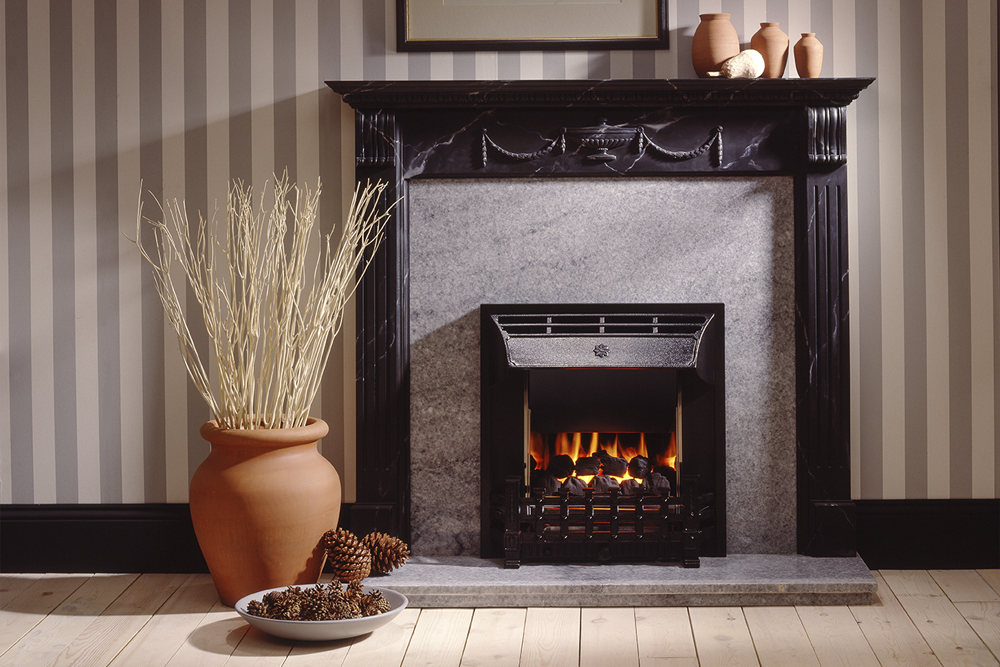Gas fires tend to be very reliable and rarely go wrong.
The most common faults (in order) that we solve are:
A blocked aeration port on the pilot assembly
As with all gas appliances, the gas is mixed with air in order to burn. This happens just below the pilot light where you may see a small hole the size of a toothpick. If this hole is blocked the pilot light will not stay on after lighting. With the fire switched off, get a vacuum cleaner and (carefully) suck out this hole. Then try again.
Unfortunately, manufacturers do not always make seeing and accessing this hole easy, in which case you will need the help of a gas engineer.
Remote controls not working
Most fire remote controls have batteries in them, so if the remote-controlled fire will not light, firstly change the batteries. You will need to change 2 sets of batteries as there is a battery in the handset, but also batteries in the receiver which is a box under the fire itself. Often this box will pull out in order to change the batteries.
If this fails, new remote controls can usually be obtained – although they tend to be rather costly.
Spark ignition failed
If the fire doesn’t ‘click’ when you try to light it may be a faulty spark ignition unit, or occasionally a wire adrift. Its always worth looking under the fire to see whether a wire has come loose before calling an engineer.
Catalytic fires
When a catalytic fire (otherwise known as a flueless fire as it has no chimney) goes wrong it’s always best to call an engineer. It may well be a safety device stopping the fire from working so you need it carefully checked.
Based in Emsworth near Havant we cover southern parts of Hampshire and West Sussex. Get in touch here, or call us on 01243 370880.


